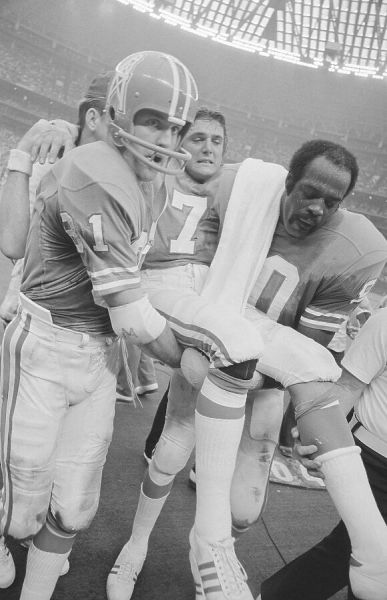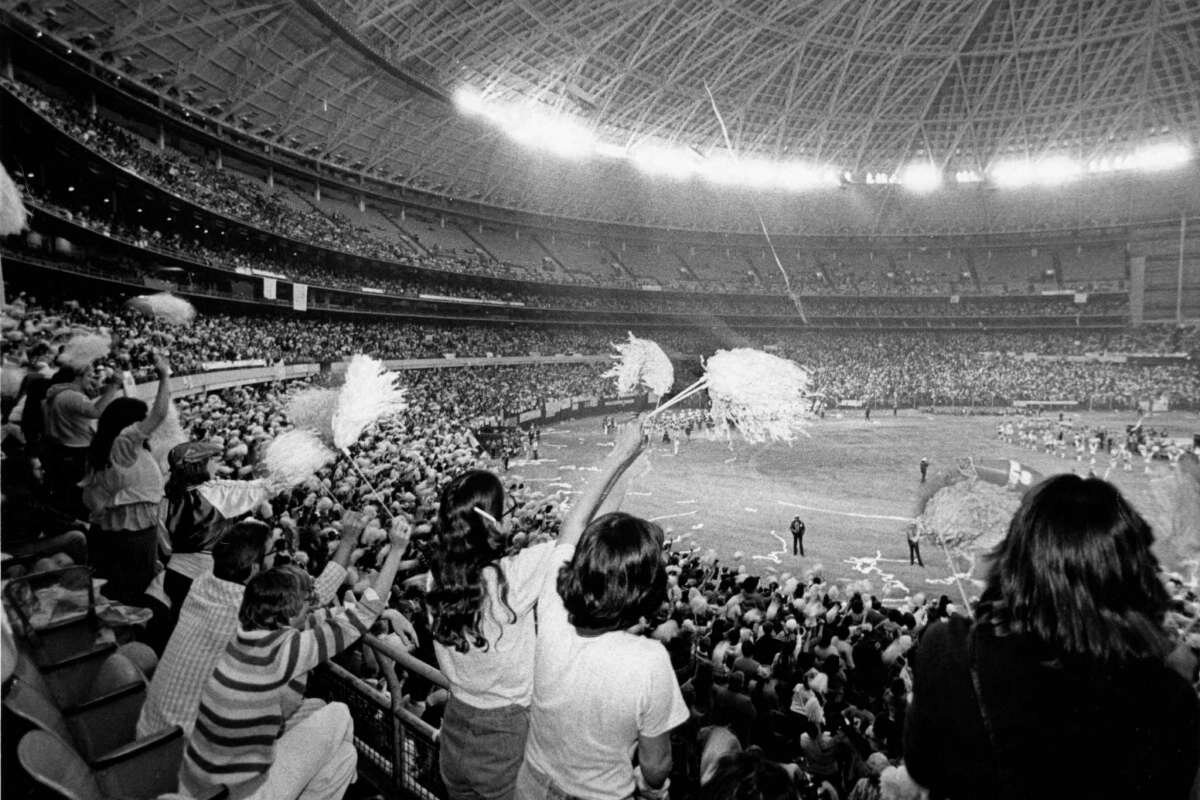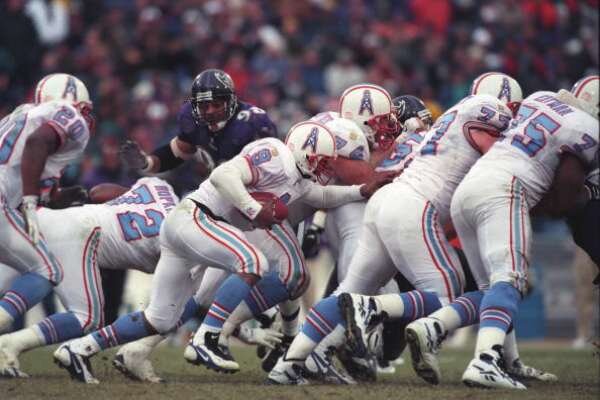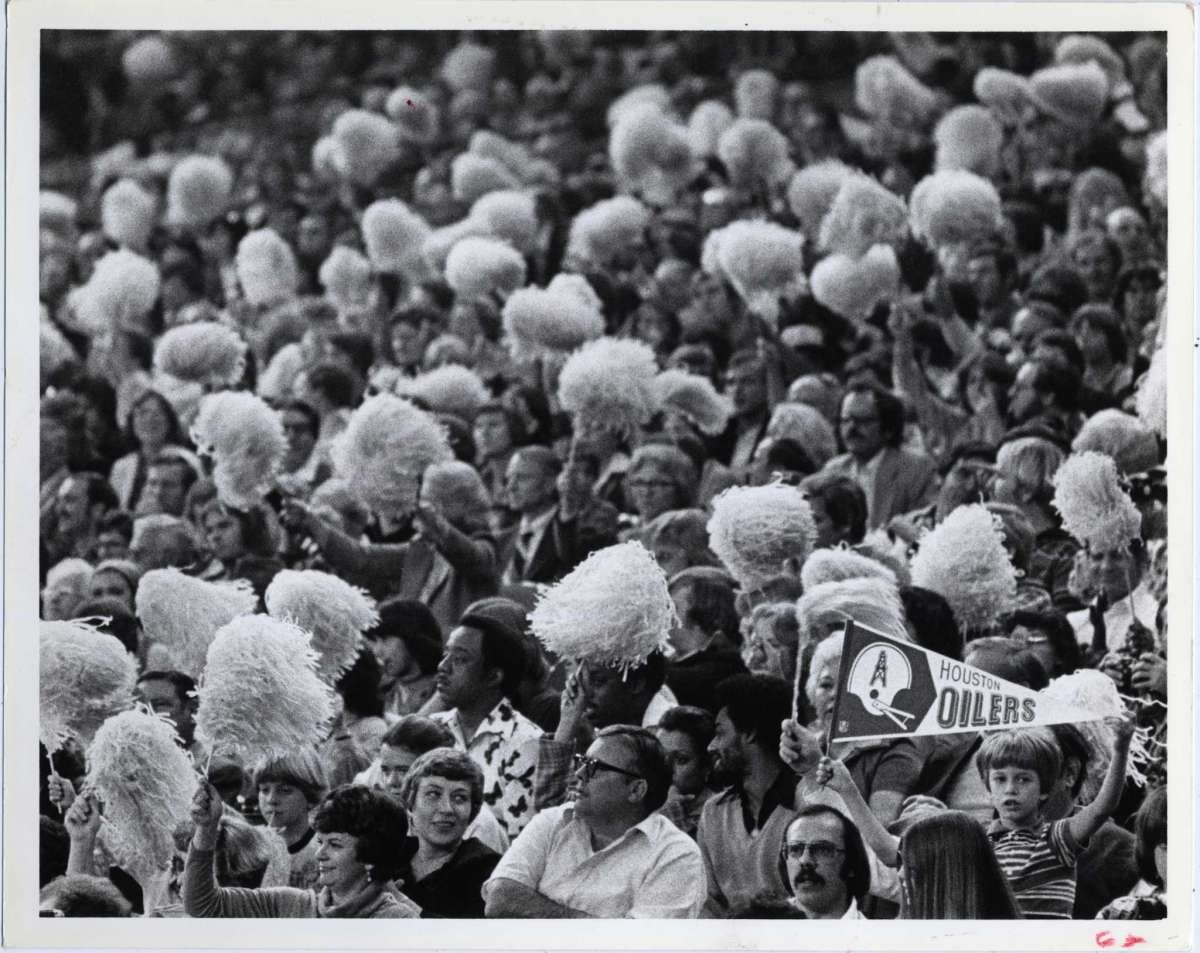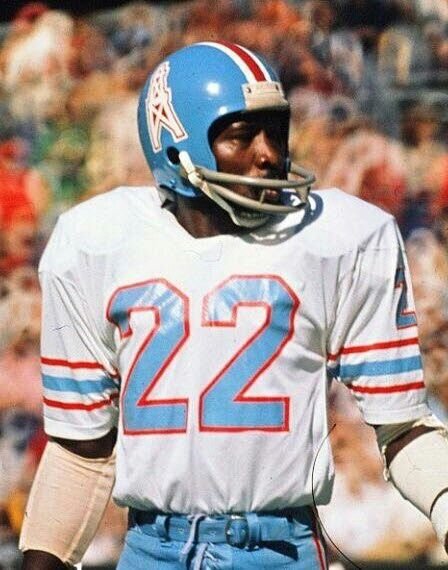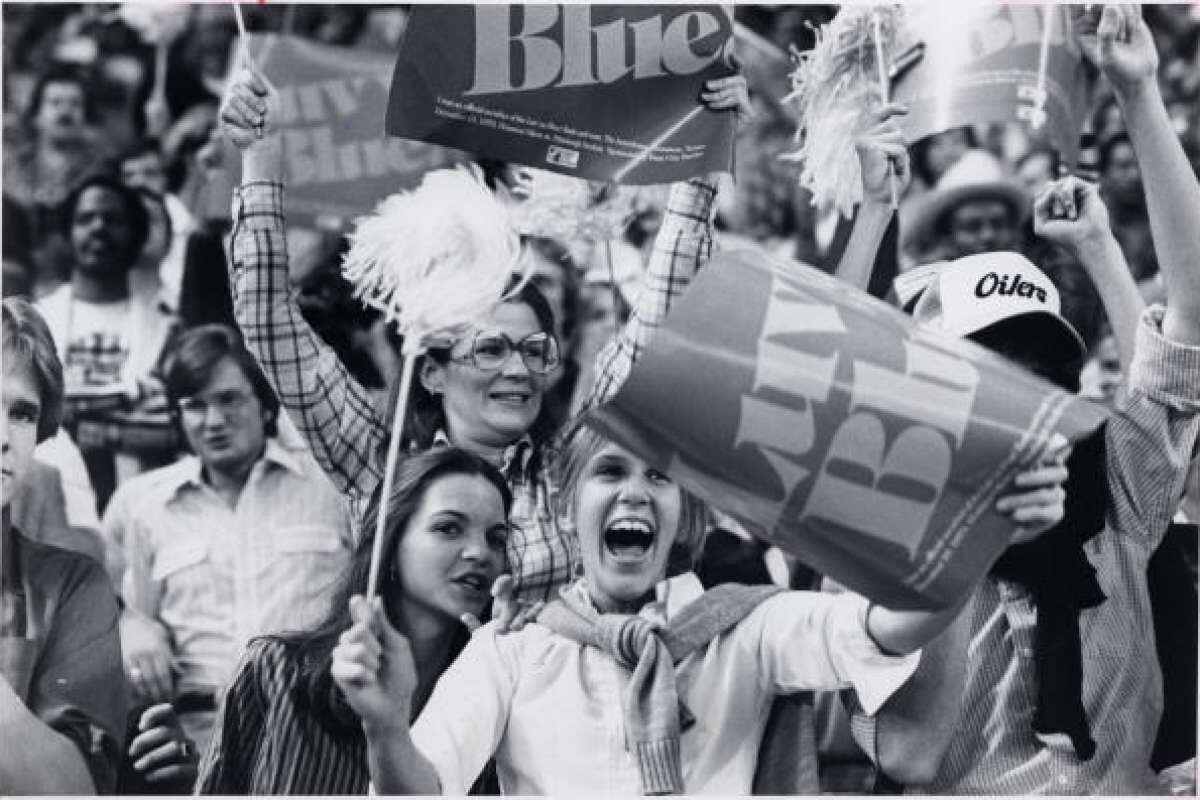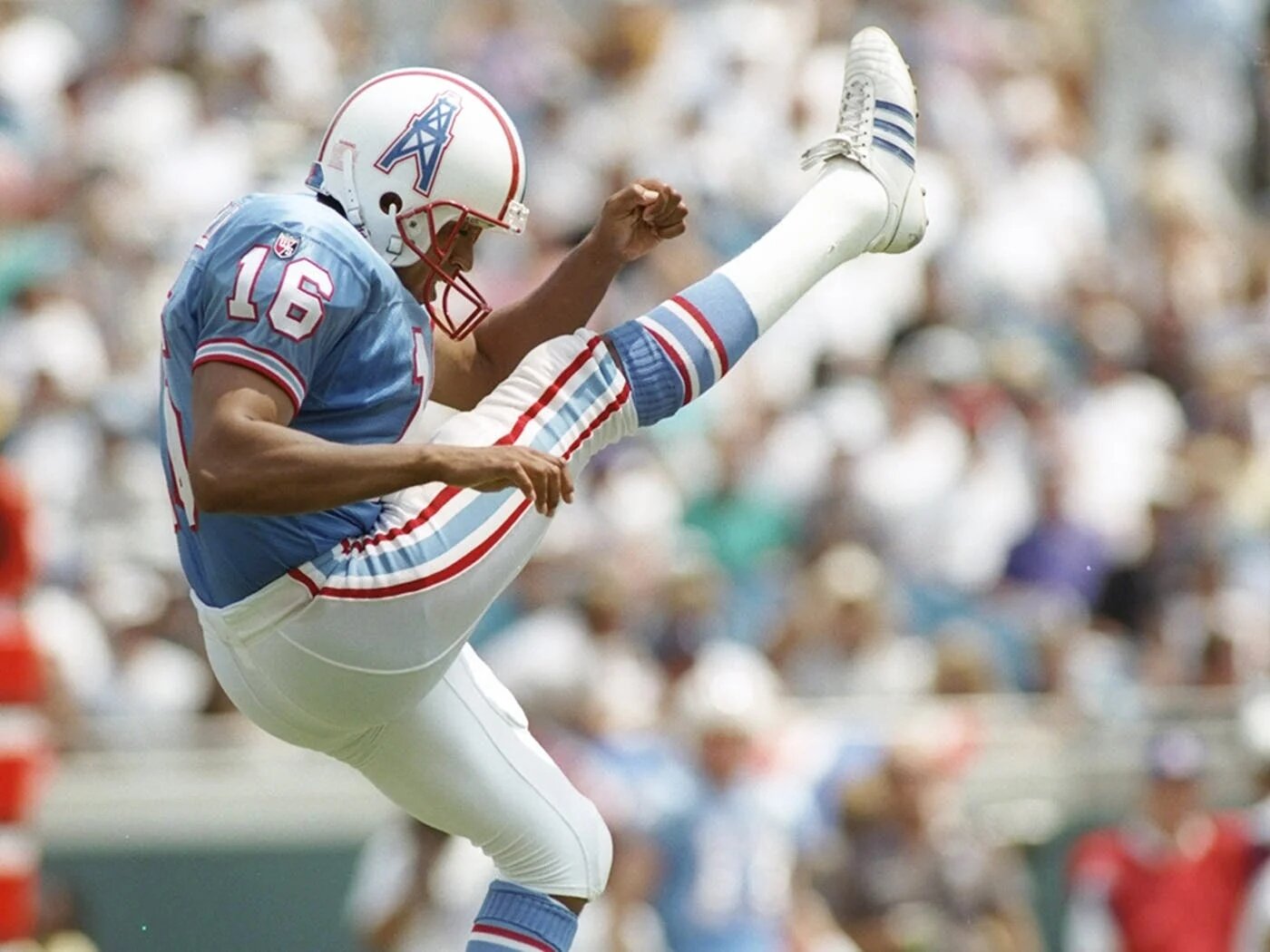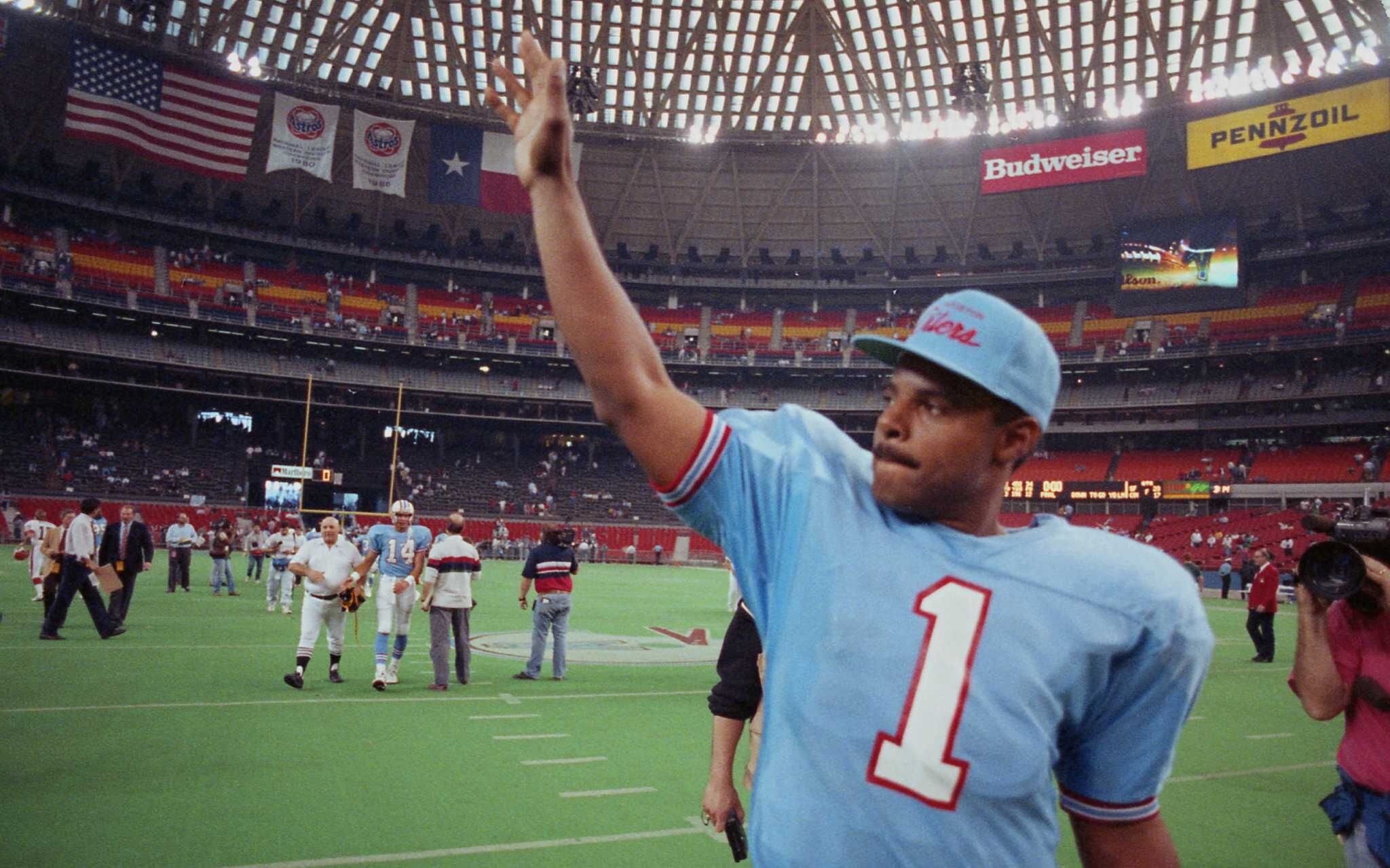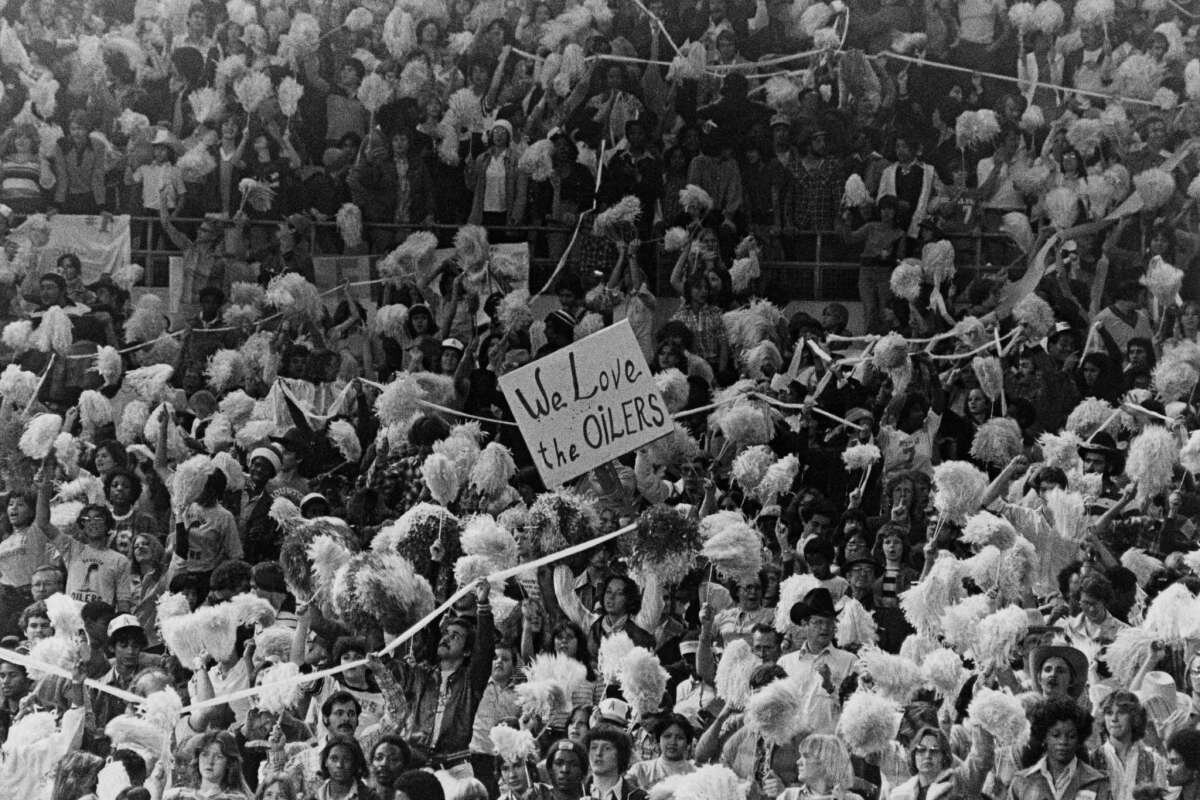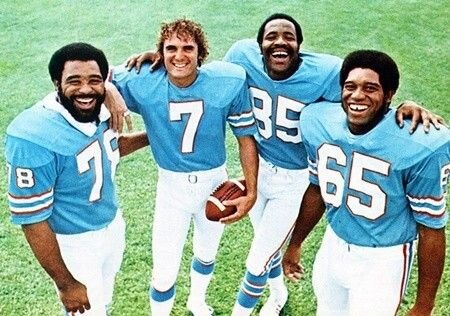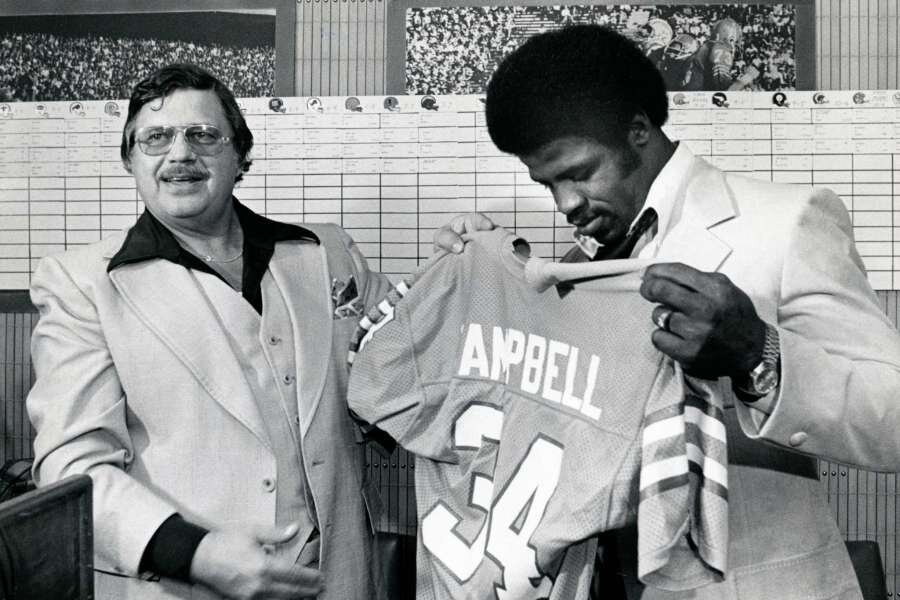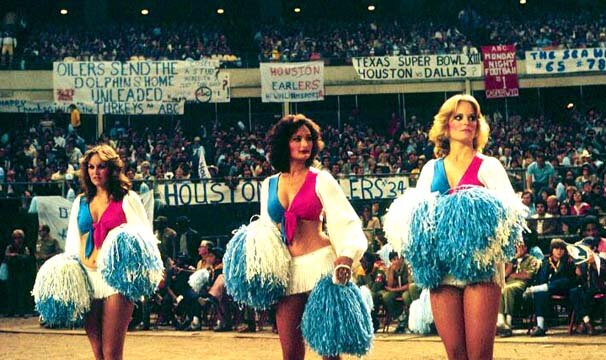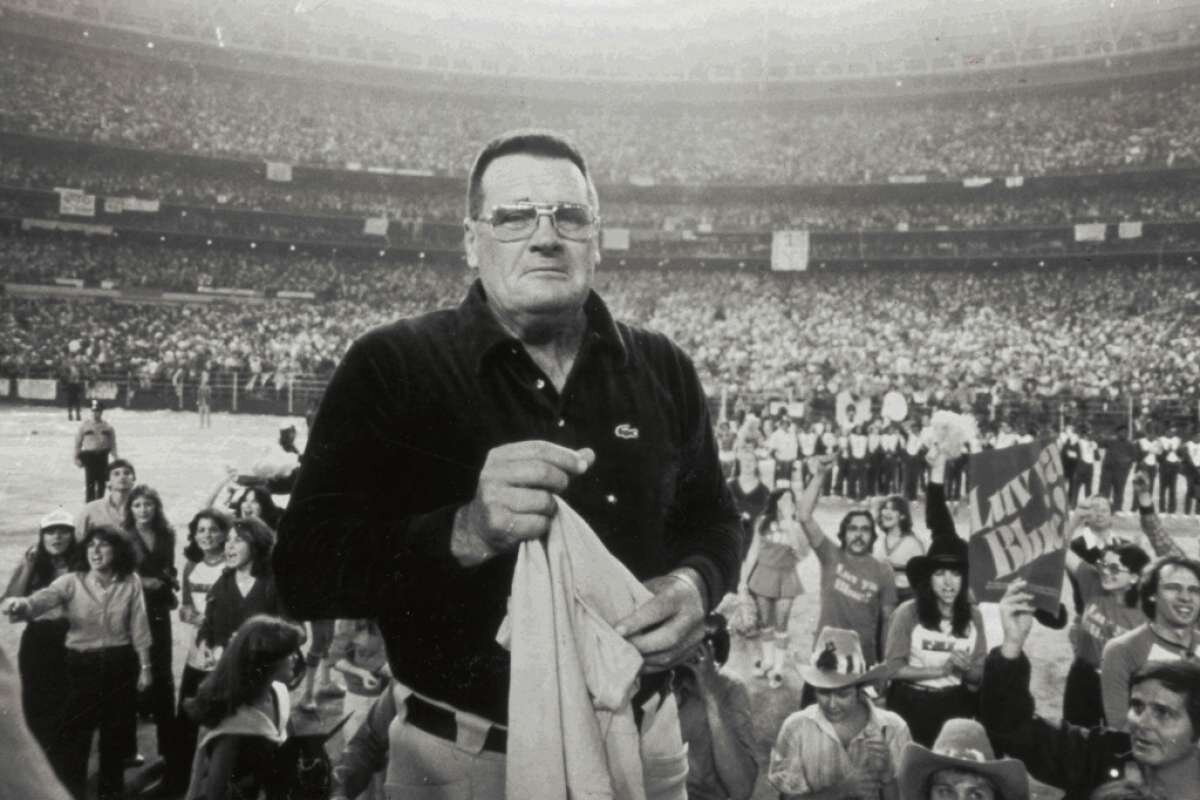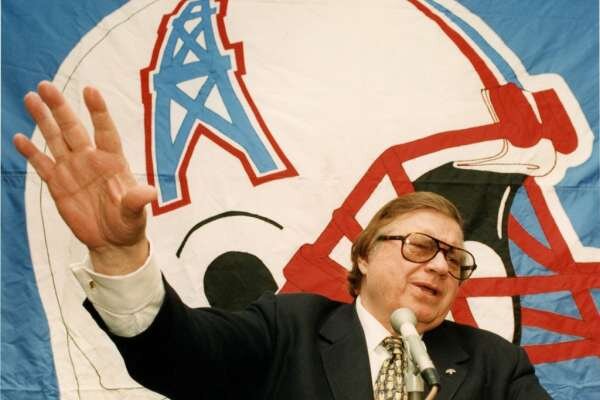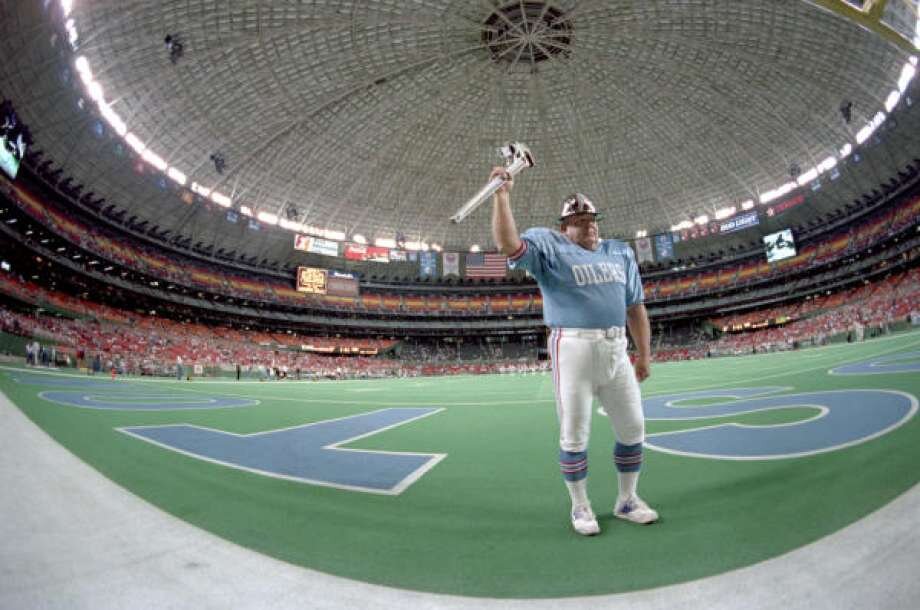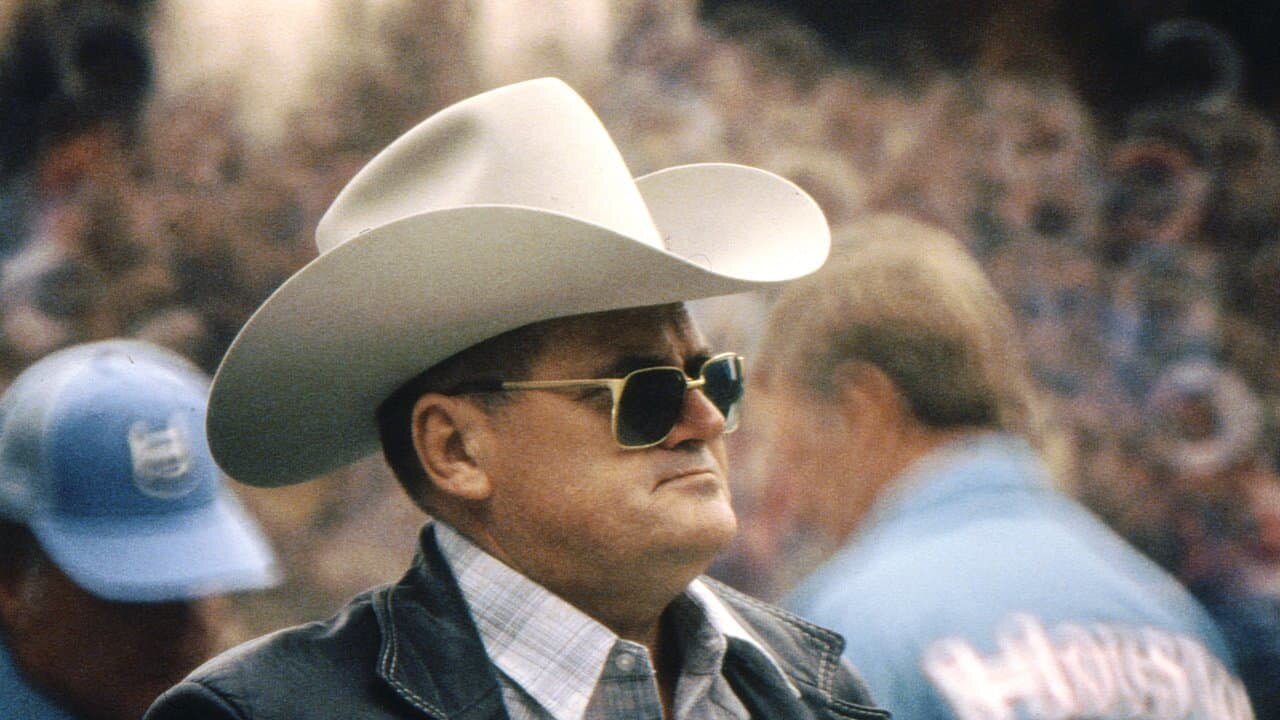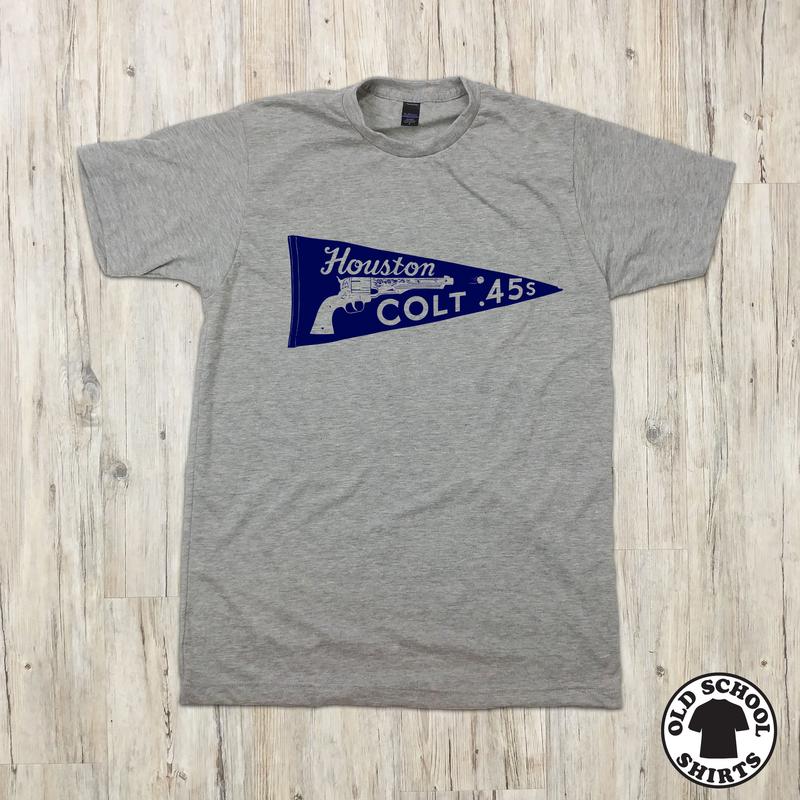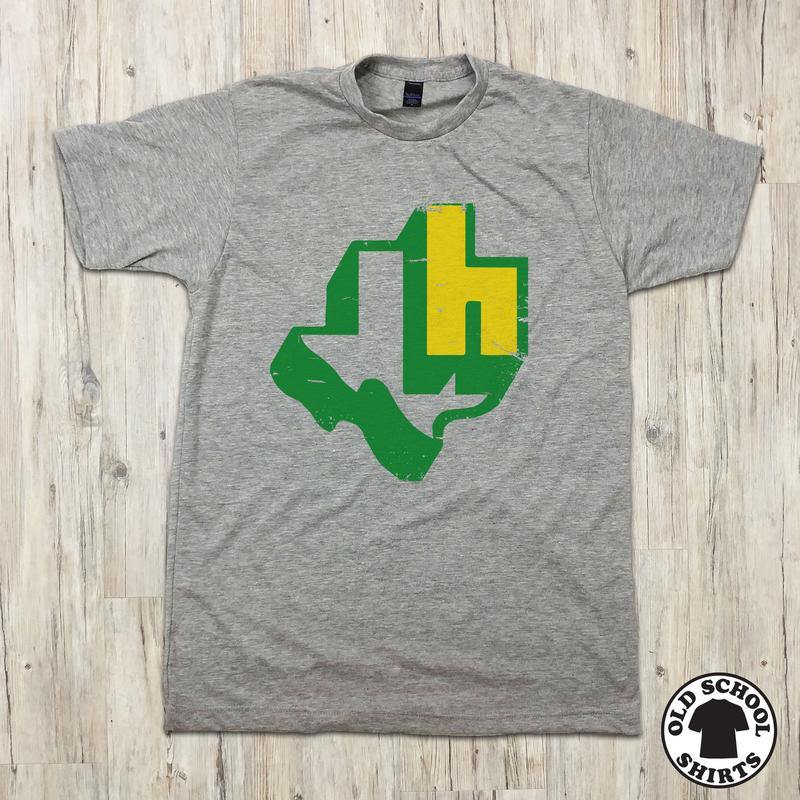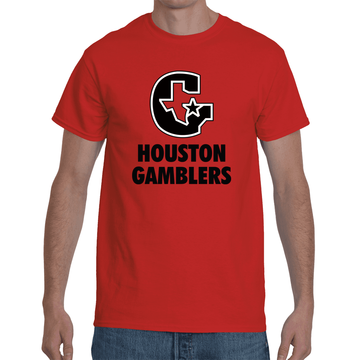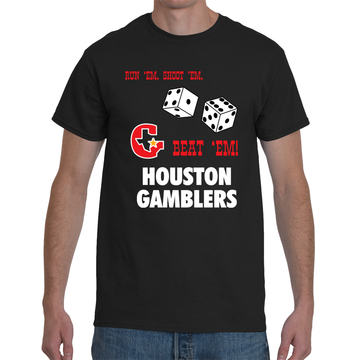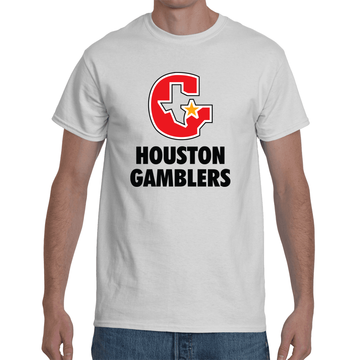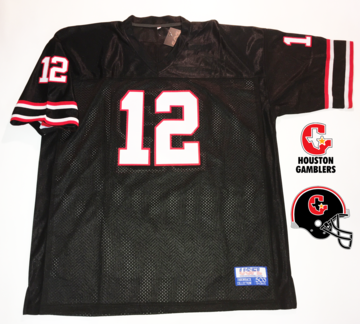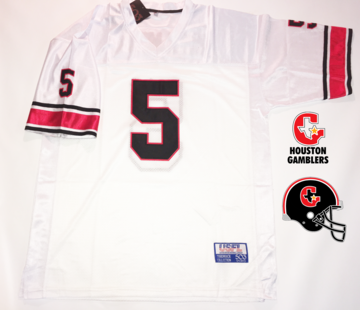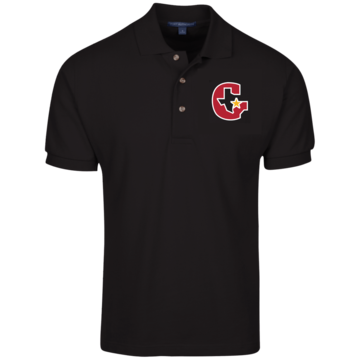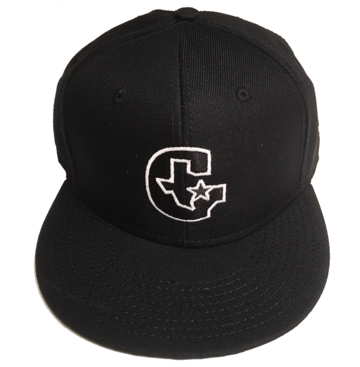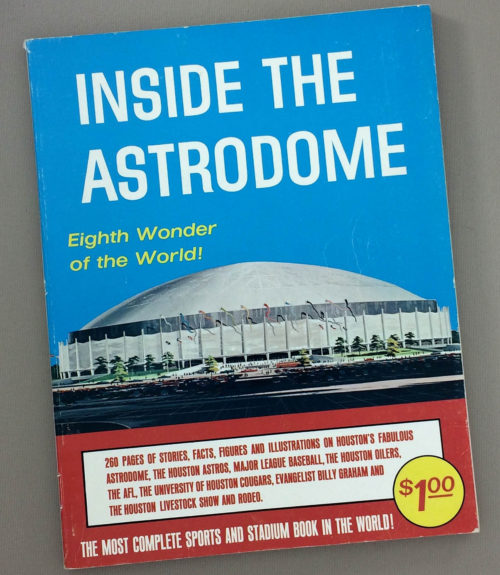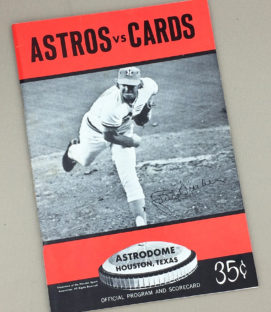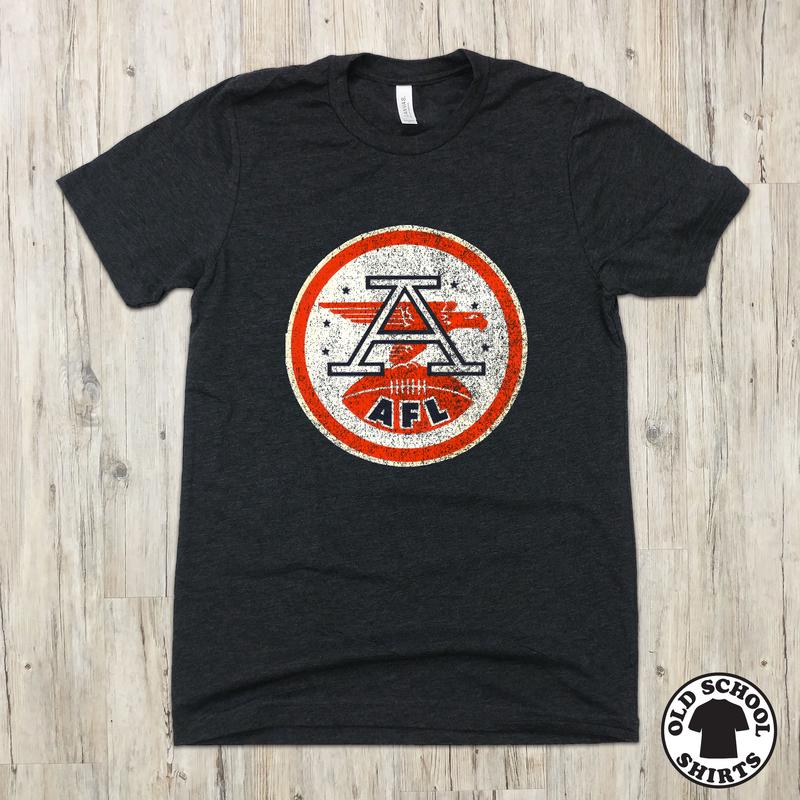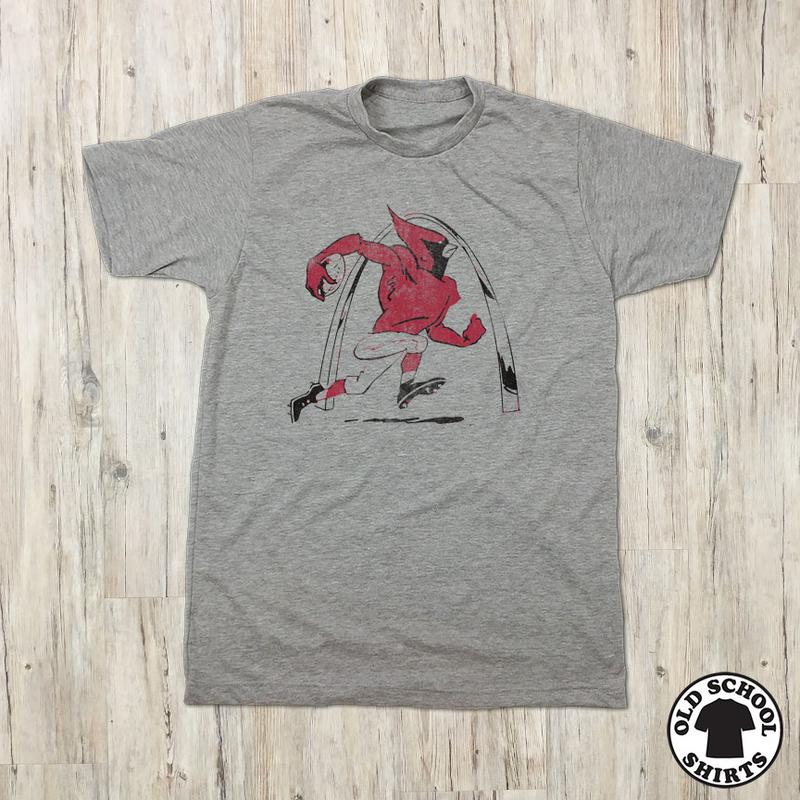This week, we're thrilled to welcome a true legend of grit and perseverance — former NFL quarterback Dan Pastorini ("Taking Flak: Life In The Fast Lane").
Born and raised in the Bay Area, Pastorini made his mark early at Bellarmine College Prep before starring at nearby Santa Clara University, where he etched his name into the school’s record books and shined as the Most Outstanding Player of the 1971 East-West Shrine Game.
Drafted third overall by the Houston Oilers during the famed "Year of the Quarterback" in 1971, Pastorini became a symbol of toughness and innovation — famously pioneering the use of the flak jacket to play through brutal injuries. During his nine seasons with the Oilers, Pastorini led the team through the beloved "Luv Ya Blue" era under coach Bum Phillips, playing alongside greats like Earl Campbell and Elvin Bethea. His leadership helped fuel dramatic playoff victories and brought Houston to the brink of Super Bowl glory in both 1978 and 1979.
It's a revealing conversation, which includes Pastorini thoughts about:
His upbringing, early sports dreams, and why he chose football over a potential MLB career after being drafted by the New York Mets.
Life in the NFL trenches: the hits he took, the historic games he played, and the deep bond he formed with the city of Houston.
The controversial 1979 AFC Championship loss to the Pittsburgh Steelers — and the call that still sparks debate.
His transition to Top Fuel drag racing, where he broke barriers once again by winning major NHRA events and clocking speeds over 270 mph, AND
His passion for giving back through the Be An Angel Foundation and reflections on a life lived at full throttle.
From quarterback to drag racer, businessman to philanthropist, Dan Pastorini's story is one of resilience, reinvention, and heart.



